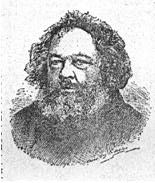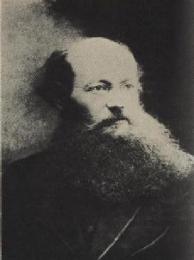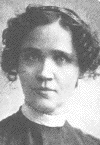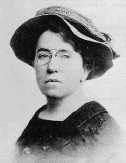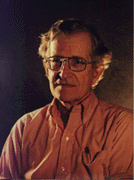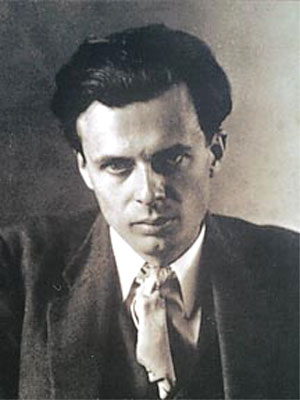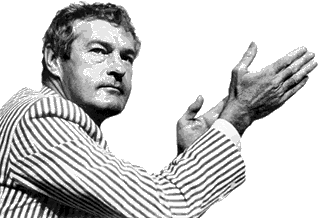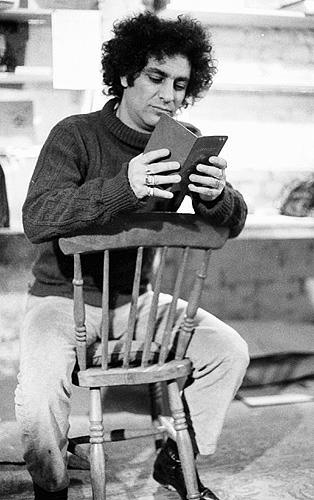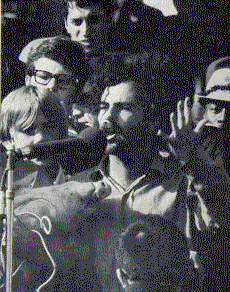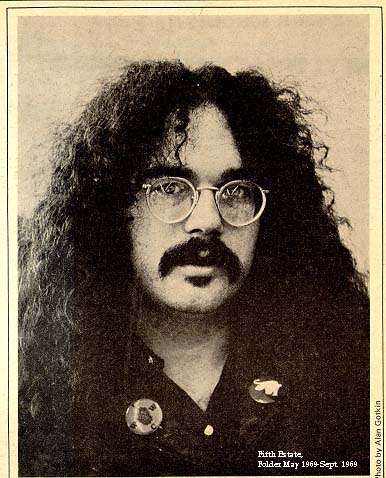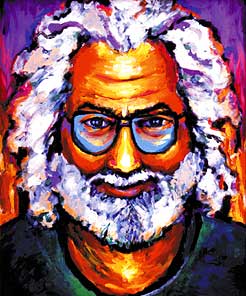A Better World is PossibleAn essential and honored part of the acknowledged heritage of the CHURCH OF GNOSTIC LUMINISM will be the many individuals and groups throughout history, and at the present time, who have put, or are putting, their “lives, fortune, and sacred honor” on the line to aid in the creation of a truly civilized society, as we have defined the term above, on Earth. These movements have had widely varying beliefs, from devout religion to atheism; but they have shared an essential vision: the possibility, and the necessity, of a worldwide voluntary-cooperative society on Earth, and a worldwide economy based on mutual aid rather than competition. In many cases, these views have placed these movements at odds with State and Church, and there have been bitter centuries of cruel persecutions, which continue to this day. In some periods, there has been actual warfare and genocide perpetrated against the Libertarian Visionaries; and this, also, to our sorrow, continues today. Some of the major elements of this movement have been the following:
Early Anarchists and UtopiansThe vision of a society based on cooperation and liberty was elaborated in the writings of Lao Tzu The Christ The Gnostic-influenced Alexandrian philosopher Carpocrates In the medieval period in Europe, the utopian vision was kept alive as a secret tradition by the Knights Templar The renaissance period saw the emergence of the Levellers The Illuminati of Bavaria
Utopian Socialists and CommunitariansIn 19th century Europe and America there was a widespread and popular utopian movement. Religious communists like the Shakers The religious communist movement reached its pinnacle with the Perfectionists and John Humphrey Noyes There was also a secular communitarian movement, built largely around the ideas of Claude Saint-Simon Another strand in the 19th century tapestry was the transcendentalist movement, including Ralph Waldo Emerson
The AnarchistsThe word “anarchy” comes from the Greek an, indicating negation, and archos, meaning rule or coercion. The anarchist vision is of a society based on voluntary cooperation rather than order imposed by the threat of force. The philosophy of anarchism is expressed in the words of Emma Goldman:
Proudhon
Anarchism has developed into several distinct schools, as roughly outlined below. The proponents of these traditions will all be respected by the Church of Gnostic Luminism as our spiritual forebears, one branch of the Revolutionary Luminist family tree. Despite continued persecution, the anarchist movement remains alive today; and the Church of Gnostic Luminism will attempt to support, nurture, and network with it in every possible way. Revolutionary anarchism was expounded by
More recent names include and and
Individualist anarchism was propounded by
Modern libertarians who acknowledge this tradition include
Labor movement anarchism is represented by the anarcho-syndicalists, and was elaborated by
Religious anarchism was preached by
The 20th century anarcho-pacifist movement has roots in religious anarchist thought as well as the transcendentalism of Thoreau and Emerson; major names in this area include
The Rainbow Tribes or Woodstock NationThe spontaneous emergence in the American Empire of a massive and overwhelming spiritual awakening of a visionary-libertarian nature was the primary event of historical significance in the 1960s. Indeed, in the view of the Church of Gnostic Luminism, it was of comparable importance to the advents of Buddha and Christ in previous generations, or to the discoveries of Copernicus and Galileo. Often called “the psychedelic revolution,” this movement was a culturally shared experience of expanded consciousness, and a glimpse attained by millions of a higher, truer reality than that admitted by the dominant paradigm. Important voices that gave utterance to the ideals of this movement included:
As is often the case with radical spiritual movements on Earth, the Rainbow Tribes were subjected to immediate reaction and persecution from the civil and ecclesiastical powers of the day. The psychedelic counterculture that sprang from the revelations of the 1960s was, and is still being fought by the Empire in a ruthless campaign of violent suppression amounting to virtual cultural genocide. Yet vital remnants of the Rainbow Tribes survive underground today, as did the early Christians persecuted by Rome in the 2nd and 3rd centuries of the common era, and the Knights Templar, who were massacred en masse by Church and State in the early 14th century. |
|||||
 BACK BACK |
|||||


